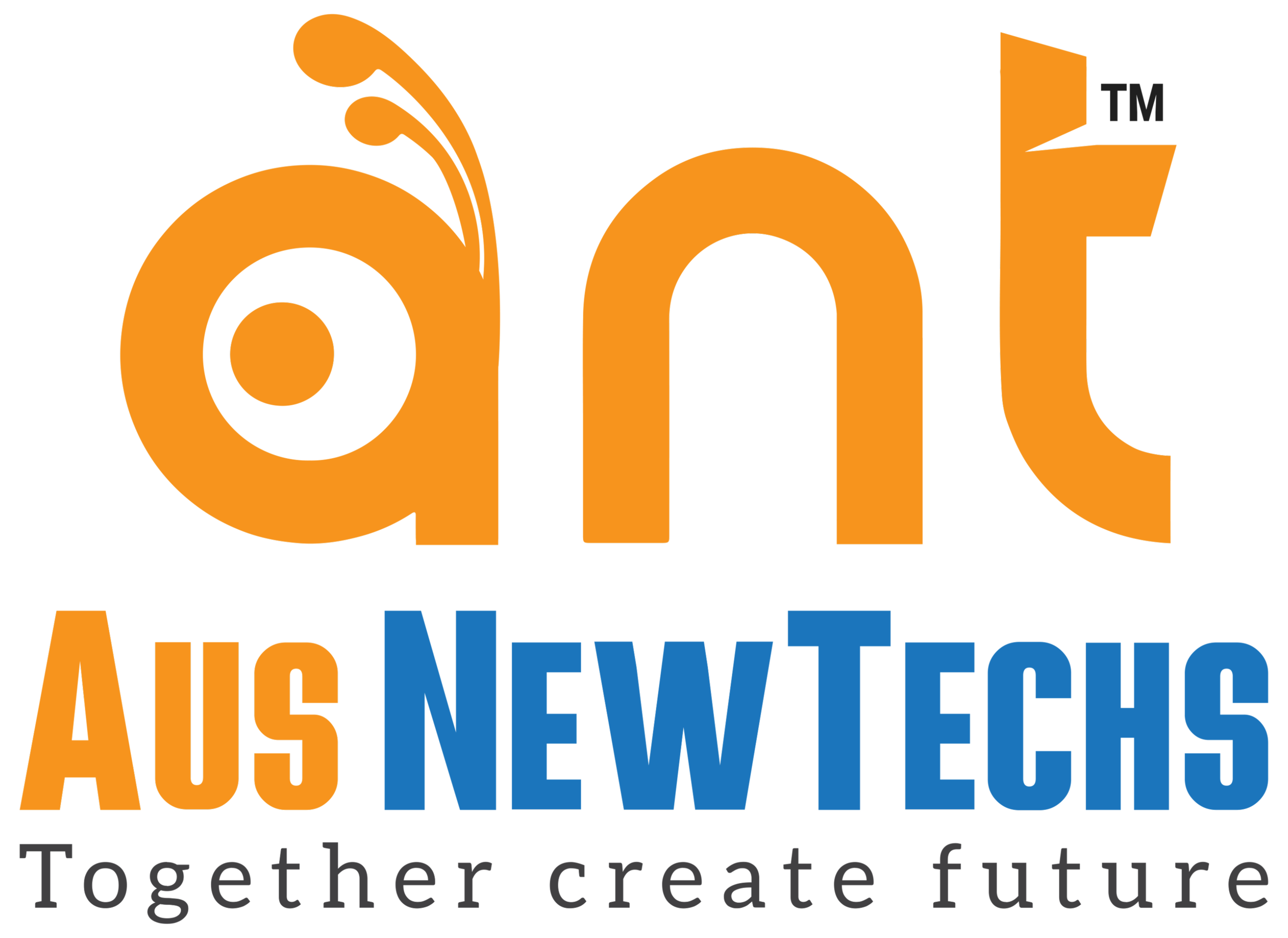Introduction
Welcome to this in-depth educational guide on the integration of Artificial Intelligence (AI) with Software as a Service (SaaS) models. In today’s fast-paced technological environment, AI SaaS products stand out as innovative platforms that provide intelligent, scalable solutions via cloud infrastructure. These offerings empower organizations and individuals to access advanced AI functionalities, such as predictive analytics, automated workflows, and customized recommendations, without the complexities of on-site hardware management. Yet, the journey to develop and maintain these products involves navigating a series of interconnected factors, each demanding careful attention to achieve optimal results.
Tailored for aspiring developers, product managers, and business strategists, this guide breaks down the vital elements across the entire lifecycle: from initial planning to sustained post-deployment operations. By drawing on proven methodologies and practical examples, we aim to equip you with the knowledge to anticipate challenges, make informed decisions, and drive meaningful innovation. Let us embark on this structured exploration, starting with the foundational planning phase, where strategic foresight lays the groundwork for success.
Pre-Development Planning: Establishing a Robust Foundation
The pre-development stage is akin to the architectural design of a building; it must be sturdy and visionary to support everything that follows. Here, we educate on the key practices that align your AI SaaS concept with market realities and organizational capabilities, minimizing risks and maximizing potential.
Conducting In-Depth Market Research and Concept Validation
Effective market research is the first lesson in avoiding common pitfalls, such as developing features that users neither need nor value. This process entails systematically collecting data on target demographics, their pain points, and prevailing industry trends. Employ methods like customer interviews, online surveys, and SWOT analysis to uncover opportunities. For instance, in an AI-driven customer support SaaS, research might reveal that users prioritize multilingual capabilities over basic chat automation, guiding feature prioritization.
A pivotal educational tool in this phase is the Minimum Viable Product (MVP), a streamlined prototype designed to validate hypotheses through user interaction. As popularized in Eric Ries’ Lean Startup framework, an MVP facilitates rapid feedback loops, enabling refinements before significant investments. Complement this by crafting a compelling value proposition that highlights your AI’s unique advantages, such as enhanced accuracy in data processing or real-time decision-making. This step not only sharpens focus but also builds a case for stakeholder buy-in.
Defining Precise Objectives and a Unified Vision
Clarity in objectives acts as a navigational beacon, ensuring all efforts converge toward shared goals. Begin by delineating the AI’s core role, be it computer vision for image analysis or reinforcement learning for optimization, and frame these within the SMART criteria: Specific, Measurable, Achievable, Relevant, and Time-bound. This structured approach allows for quantifiable milestones, such as achieving 90% model accuracy within six months.
Encourage interdisciplinary collaboration from the start: data engineers might assess computational feasibility, while marketing leads evaluate monetization potential. An essential educational aspect is embedding ethics into your vision. Consider how biased training data could skew outcomes; proactive measures, like diverse dataset curation, align with global standards such as the IEEE’s Ethically Aligned Design initiative. A vividly articulated vision not only motivates your team but also resonates with investors, fostering long-term commitment.
Evaluating Resources and Forecasting Costs
Understanding resource needs is a fundamental lesson in fiscal responsibility for AI SaaS ventures. Development expenses can span from $25,000 for simple prototypes to exceeding $400,000 for sophisticated, enterprise-level applications, influenced by variables like algorithm complexity and data volume. Break down projections into categories: human capital (e.g., hiring AI specialists at $100–$250 per hour), software licenses, and scalability buffers.
To educate on efficient allocation, prioritize essentials like high-fidelity data over ancillary features, incorporating a 15–25% contingency for variables like regulatory changes. Tools such as project management software (e.g., Jira) can aid in tracking these elements, teaching teams to balance innovation with budgetary constraints and securing viable funding pathways.
Development Phase: Constructing the Intelligent Framework
Transitioning to development, this phase transforms abstract plans into tangible code and models. View it as assembling a precision instrument: each component must integrate flawlessly to deliver reliable performance. We will examine technology selection, data handling, model building, architectural design, and user-centric interfaces.
Selecting a Strategic Technology Stack
The technology stack forms the backbone of your AI SaaS product, much like choosing the right materials for a durable structure. For AI development, opt for robust frameworks like TensorFlow, renowned for its scalability in deep learning tasks, or PyTorch, favored for its dynamic computation graphs.
Adopt a microservices architecture to promote modularity, enabling isolated updates to AI modules without disrupting the whole system. Enhance this with containerization via Docker for portability and Kubernetes for orchestration, ensuring efficient handling of multi-tenant demands. As you study these choices, focus on interoperability and extensibility. Selecting open-source options mitigates lock-in risks and prepares for emerging AI paradigms like generative models.
Mastering Data Management and Quality Control
Data quality is the cornerstone of AI efficacy; without it, even advanced models falter. Educate yourself on sourcing ethically: gather comprehensive, unbiased datasets while navigating privacy frameworks like the General Data Protection Regulation (GDPR). Build resilient pipelines using tools such as Apache Kafka for real-time ingestion, Snowflake for secure storage, and Databricks for scalable processing.
Quality assurance demands vigilance: detect and rectify anomalies, ensure accurate labeling, and audit for representational biases that could amplify inequities. Implement governance protocols, including data lineage tracking, to support reproducibility. This disciplined approach not only elevates model precision but also instills a culture of accountability, averting compliance pitfalls.
Crafting and Embedding AI Models
Model development is an iterative art form, blending algorithmic selection with empirical testing. Match techniques to objectives, e.g., convolutional neural networks for visual tasks or gradient boosting for tabular predictions, and train on accelerated hardware like NVIDIA GPUs via cloud TPUs.
For SaaS integration, prioritize efficiency: apply quantization or pruning to slim models for faster inference without accuracy loss. Rigorously assess using key performance indicators like ROC-AUC for classification or perplexity for language models. Through this hands-on process, learners grasp the value of experimentation, refining models to achieve deployment-ready robustness.
Architecting for Scalability and Fortified Security
A scalable architecture anticipates growth, preventing bottlenecks as user numbers surge. Implement auto-scaling in cloud environments and API gateways for traffic distribution, supporting horizontal expansion. Multi-tenancy requires logical isolation to safeguard data across clients, optimizing resource sharing.
Security integration is paramount: deploy end-to-end encryption with protocols like TLS 1.3, enforce least-privilege access via OAuth, and counter AI threats such as model inversion attacks. Conduct routine vulnerability scans with tools like OWASP ZAP. Studying these elements educates on building resilient systems that scale securely, balancing innovation with risk mitigation.
Designing Intuitive User Interfaces and Experiences
UI/UX design bridges the gap between AI complexity and user simplicity, ensuring adoption. Create responsive dashboards with visualization libraries like Chart.js or Tableau for digestible AI outputs. Leverage AI for dynamic personalization, such as adaptive layouts based on behavioral analytics.
Iterate through user testing protocols, adhering to Web Content Accessibility Guidelines (WCAG) for inclusivity. This educational focus on empathy cultivates interfaces that delight users, driving retention and advocacy.
Deployment: Executing a Seamless Launch
Deployment is the critical handover from lab to live environment, demanding precision to ensure stability. This section educates on testing rigor and rollout strategies that pave the way for smooth operations.
Executing Comprehensive Testing Regimens
Testing fortifies your product against unseen failures, encompassing layers from code units to system-wide simulations. For AI, include fairness evaluations and robustness checks against perturbed inputs. Load testing with JMeter mimics peak loads, while A/B frameworks like Optimizely compare feature variants.
Automate via CI/CD pipelines with GitHub Actions or CircleCI for velocity. This multifaceted strategy teaches the importance of validation, transforming potential weaknesses into strengths.
Strategizing Infrastructure and Phased Rollouts
Infrastructure selection influences uptime: favor providers with built-in AI optimizations, like Google Cloud’s AI Platform. Establish CI/CD workflows to automate deployments, reducing human error.
Employ canary releases, gradual exposure to subsets of users, followed by full propagation, backed by monitoring suites like New Relic. This tactical approach minimizes impact while maximizing learning from early adopters.
Post-Deployment Management: Nurturing Ongoing Success
Post-deployment shifts emphasis to stewardship, where vigilance and adaptation sustain value. Explore monitoring, iteration, scaling, financial oversight, and compliance to maintain momentum.
Implementing Proactive Monitoring and Maintenance
Monitoring is continuous education in system health: deploy Prometheus for metrics aggregation and Grafana for visualizations. Address model drift by scheduling retrains with fresh data pipelines.
Routine maintenance audits, including log analysis via the ELK Stack, preempt disruptions. This practice cultivates foresight, ensuring peak performance over time.
Harnessing Feedback for Iterative Evolution
User feedback illuminates blind spots, fueling agile refinements. Collect via Net Promoter Score (NPS) tools and in-app analytics, then roadmap enhancements in sprints.
Prioritize based on impact, such as bolstering AI explainability for trust. This loop educates on responsiveness, turning users into co-creators.
Advancing Scale and Resource Optimization
Scaling educates on efficiency: use serverless architectures for variable loads and optimize AI with frameworks like ONNX for cross-platform inference.
Predictive analytics on usage patterns enable proactive adjustments, curbing over-provisioning.
Ensuring Cost Discipline and Financial Health
Cost management teaches sustainability: leverage cloud billing dashboards and reserved instances to trim expenses.
Periodic audits align spending with revenue, fostering profitability.
Maintaining Security Vigilance and Compliance
Security evolves with threats: automate patches and use SIEM systems like Splunk for anomaly detection.
Develop incident response frameworks to recover swiftly, reinforcing stakeholder confidence.
Conclusion
Through this comprehensive guide, we have traversed the essential factors shaping AI SaaS product development and post-deployment excellence. From validating visions to orchestrating scalable operations, these principles empower you to craft solutions that endure and inspire. Embrace this knowledge as a foundation for experimentation, collaboration, and growth in the dynamic AI domain; your next breakthrough awaits.
For specialized assistance in AI SaaS product development, turn to Aus New Techs. Our experts deliver end-to-end solutions, from ideation to optimization, tailored for innovation and reliability. Visit www.ausnewtechs.com to collaborate on your project today.


